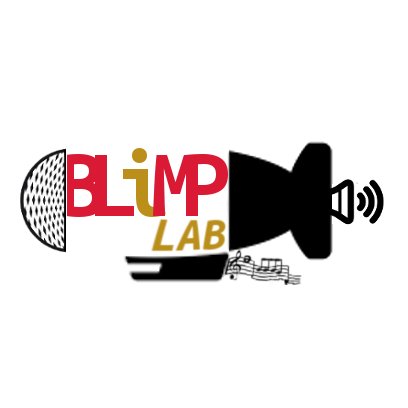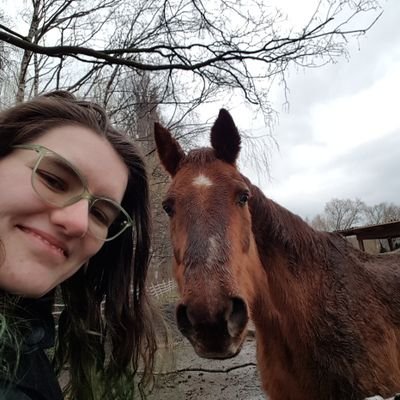Should linguists be prescriptivists?
Evan Bradley (Penn State University)
Linguists tend to complain about prescriptivism and argue against those who nitpick “errors.” Are we guilty of prescriptivism ourselves when we advise against slurs and misgendering? Is linguistics twitter the real prescriptivist? Of course not; this thread will explain why.
Linguists tend to spend a lot of time complaining about prescriptivism and arguing (especially on Twitter) against stodgy grammarians who nitpick others’ language for “errors”; but are we guilty of prescriptivism ourselves when we suggest that we ought to avoid racial slurs, change sexist terms, or gender others correctly? Is linguistics twitter full of the real prescriptivists? Of course not, but this thread will explain why.
In an upcoming paper, I break down several subsecies under the prescriptivist umbrella and consider a principled approach to determining which types linguists ought to rightfully avoid and which we should (and might even have a duty to) engage in.
Classic, prejudicial prescriptivism centralizes the inherent superiority of prestige varieties (and their users), and adopts a default suspicion or hostility toward change. This contrasts with linguistic equality, in which all varieties are equally valid. Other philosophies occupy midpoints between these extremes:
- Minimal prescriptivism recognizes that intentional and unintentional choices about language use are often unavoidable, and prefers minimalist intervention necessary. Crucially, a choice not to change or adopt new forms can be considered prescriptivist within this framework.
- Pragmatic prescriptivism recognizes the validity of all varieties, but balances this with the recognition that some are more accepted than others; resistance to change may be motivated by appeal to the norms of privileged group/standardized varieties.
Each of these perspectives are expressed by subsets of language users, leading to controversy over which forms of language policing are acceptable or necessary, and which are discriminatory.
Prescriptivism is one form of social prejudice, and is linked to biases toward other social variables. I contend that some other social prejudices work the same way, and that the prescriptivist formulations enumerated above are mirrored in attitudes toward social variation, which I illustrate through a case study of gender based on attitudes expressed by participants in studies conducted in my lab:
- Prejudicial: there are two genders, and only a few ways to express them.
- Pragmatic: all genders are valid, but changing our policies/facilities is hard.
- Equality: all genders are valid and should be treated equally
Data from my lab and others suggests that resistance to gender-neutral and nonbinary language is often driven by extralinguistic or nonlinguistic attitudes, rather than by language ideology, so linguistic prescriptivism may be driven by prescriptive ideology about the nature and performance of gender (rather than the other way around).
In some sense, any linguistic or social norming is a form of prescriptivism, the difference between them stemming from the bases of which evidence and effects they are assessed. In particular, the notion of transcriptivism, which links the descriptive generation of linguistic knowledge to linguists’ duty to consider the methods, effects, and applications of such knowledge within the descriptive paradigm, can help delineate between useful vs. harmful forms of prescriptivism, both in research and in everyday practice (even on Twitter). This supports the idea that linguists have a role in reducing gender-based linguistic violence, which is not at odds with a commitment to sound linguistic inquiry.











